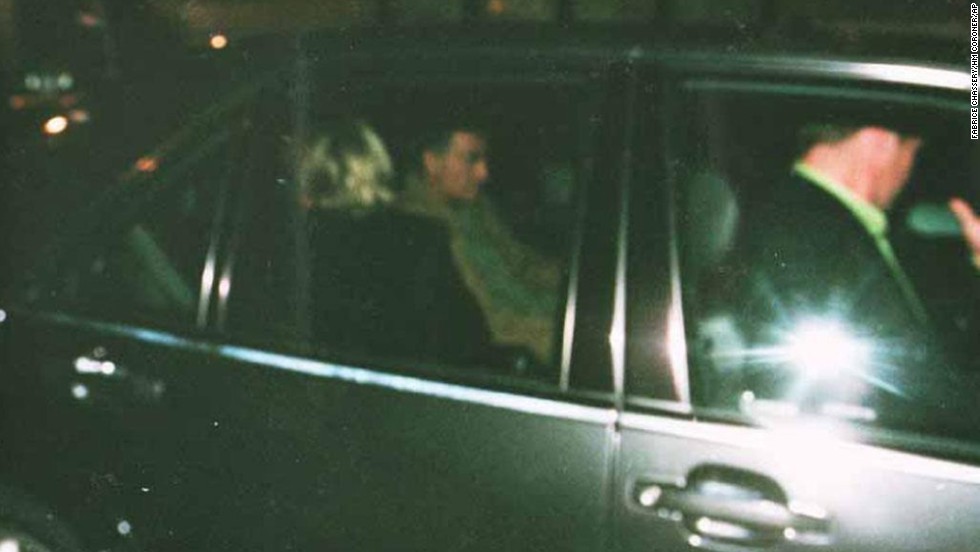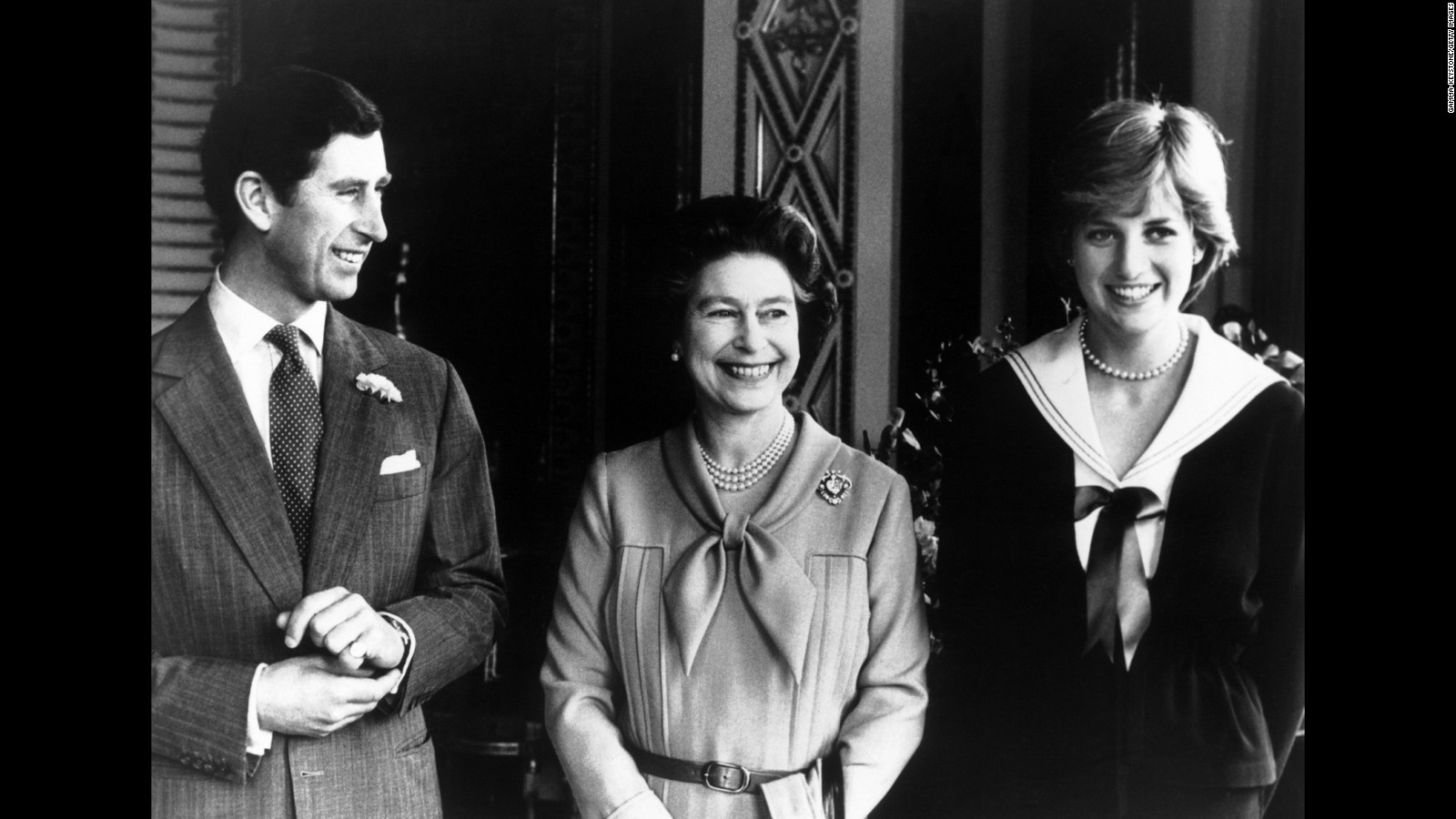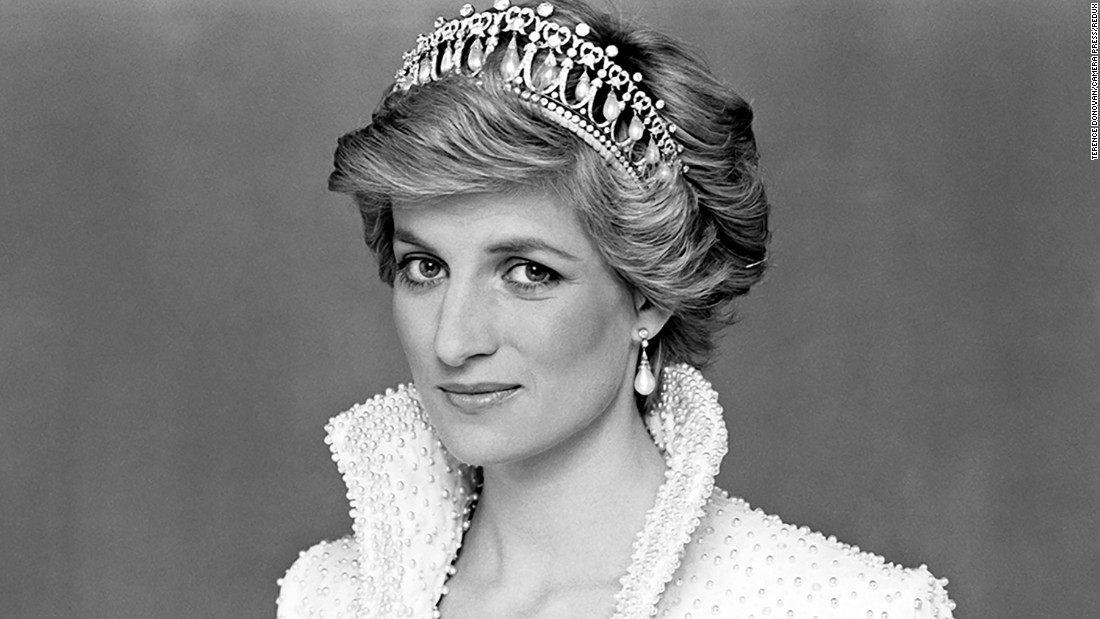Unveiling The Truth: Princess Diana's Conspiracy Theories
Princess Diana remains one of the most iconic and beloved figures in royal history, yet her tragic death continues to spark numerous conspiracy theories. Even decades after her passing, the public fascination with her life and legacy persists. The circumstances surrounding her death have led to widespread speculation and numerous theories, each more intriguing than the last. These theories delve into the possibility of foul play, hidden agendas, and power struggles within the royal family and beyond.
Princess Diana's life was a mix of glamour, charity, and personal struggles, making her an enigma to many. Her untimely death in a car crash in Paris in 1997 shocked the world, leaving behind a legacy that continues to inspire and intrigue people. As conspiracy theories surrounding her death continue to circulate, it is important to examine these claims critically and understand their origins.
This article explores the various conspiracy theories related to Princess Diana's death, shedding light on the facts, myths, and the impact these theories have had on public perception. By diving deep into the details, we aim to provide clarity and insight into this enduring mystery.
Read also:Mornissan Unveiling The Hidden Gems Of Nissan Motors
Table of Contents
- Princess Diana's Biography
- Overview of Princess Diana's Conspiracy Theories
- Details of the Car Crash
- The Royal Family's Role in the Theories
- Media Influence on the Theories
- Popular Conspiracy Theories
- Official Investigation Findings
- Psychological Aspects of Conspiracy Theories
- Impact on Public Perception
- Conclusion and Final Thoughts
Princess Diana's Biography
Before delving into the conspiracy theories, it is essential to understand the life and times of Princess Diana. Born Diana Spencer on July 1, 1961, she became the first wife of Prince Charles, heir to the British throne. Her marriage in 1981 was hailed as a fairytale wedding, capturing the hearts of millions worldwide. However, her life was not without challenges.
Princess Diana was known for her humanitarian efforts, advocating for causes such as AIDS awareness, landmine clearance, and children's welfare. Her compassion and relatability earned her the nickname "The People's Princess." Despite her popularity, her marriage faced difficulties, leading to their eventual separation in 1992 and divorce in 1996.
Below is a brief overview of her personal details:
| Full Name | Diana Frances Spencer |
|---|---|
| Birthdate | July 1, 1961 |
| Place of Birth | Sandringham, Norfolk, England |
| Marital Status | Married to Prince Charles (divorced) |
| Children | Prince William and Prince Harry |
Overview of Princess Diana's Conspiracy Theories
Princess Diana's conspiracy theories have captivated the public imagination for decades. These theories often revolve around the circumstances of her death and the alleged involvement of powerful entities. The most common theories suggest foul play, implicating the royal family, intelligence agencies, or the media.
While some theories are based on speculation, others are rooted in plausible evidence. It is crucial to examine these claims objectively, considering both the facts and the motivations behind them. The widespread interest in these theories highlights the enduring fascination with Princess Diana's life and legacy.
Details of the Car Crash
On August 31, 1997, Princess Diana was involved in a fatal car crash in the Pont de l'Alma tunnel in Paris. She was traveling with her boyfriend, Dodi Fayed, and their driver, Henri Paul, who was reportedly under the influence of alcohol. The crash claimed the lives of Diana, Fayed, and Paul, leaving bodyguard Trevor Rees-Jones as the sole survivor.
Read also:Matthew Duliba Vanguard The Rising Star In The Investment World
Initial investigations pointed to high-speed driving and the presence of paparazzi as contributing factors. However, these findings have been challenged by various conspiracy theories, suggesting a more sinister motive behind the crash.
The Royal Family's Role in the Theories
Many conspiracy theories implicate the royal family in Princess Diana's death. Critics argue that the family viewed her as a threat due to her increasing influence and popularity. These theories suggest that her impending marriage to Dodi Fayed, a non-royal, was unacceptable to the monarchy.
Proponents of this theory point to the strained relationship between Diana and the royal family as evidence. However, it is important to note that these claims lack concrete evidence and are largely based on speculation.
Media Influence on the Theories
The media played a significant role in shaping public perception of Princess Diana's death. Sensationalized reporting and speculation fueled the growth of conspiracy theories, capturing the attention of millions worldwide. Tabloids and news outlets often sensationalized details, contributing to the spread of misinformation.
However, some media outlets have also been instrumental in debunking these theories, presenting evidence that contradicts the claims. It is crucial for readers to critically evaluate the sources of information and seek out reliable journalism.
Popular Conspiracy Theories
Assassination by the Royal Family
One of the most prevalent theories suggests that Princess Diana was assassinated by members of the royal family. Proponents of this theory argue that her death was orchestrated to eliminate her influence and prevent her from marrying Dodi Fayed. They point to the strained relationship between Diana and the monarchy as evidence.
However, investigations have found no credible evidence to support this claim. The lack of concrete proof makes this theory largely speculative.
MI6 Involvement
Another theory implicates MI6, the British intelligence agency, in Princess Diana's death. Critics argue that MI6 was involved in a covert operation to eliminate Diana and Dodi Fayed, citing alleged connections between the agency and the royal family.
While this theory has gained traction in certain circles, it lacks substantial evidence. Official investigations have found no links between MI6 and the car crash, dismissing these claims as baseless.
Paparazzi Responsibility
One of the more plausible theories suggests that the paparazzi were responsible for the crash. Reports indicate that the pursuing photographers may have contributed to the high-speed chase that led to the accident. This theory is supported by witness accounts and investigative findings.
Despite this, some argue that the paparazzi were merely scapegoats, pointing to inconsistencies in the official narrative. The debate surrounding their role continues to fuel speculation.
Official Investigation Findings
The official investigation into Princess Diana's death concluded that the crash was caused by high-speed driving and the driver's intoxication. The inquest, held in 2008, ruled the deaths as unlawful killings due to the reckless behavior of the driver and the pursuing paparazzi.
While these findings have been accepted by many, skeptics continue to question the reliability of the investigation. They argue that key evidence was overlooked or suppressed, leading to an incomplete picture of the events surrounding the crash.
Psychological Aspects of Conspiracy Theories
Conspiracy theories surrounding Princess Diana's death can be understood through a psychological lens. Human beings are naturally inclined to seek patterns and explanations, especially in the face of tragedy. The sudden and unexpected nature of her death created a vacuum of understanding, which conspiracy theories sought to fill.
Additionally, the allure of uncovering hidden truths and challenging authority figures contributes to the appeal of these theories. Understanding the psychological motivations behind conspiracy theories can help us approach them with greater objectivity.
Impact on Public Perception
Princess Diana's conspiracy theories have had a lasting impact on public perception. They have shaped the way people view her life, death, and legacy, influencing everything from media coverage to popular culture. The enduring fascination with these theories underscores the power of narrative and the human need for closure.
It is important to approach these theories with a critical mindset, separating fact from fiction. By doing so, we can gain a deeper understanding of Princess Diana's life and the circumstances surrounding her death.
Conclusion and Final Thoughts
Princess Diana's conspiracy theories continue to captivate audiences worldwide, reflecting the enduring fascination with her life and legacy. While some theories are rooted in plausible evidence, others lack credibility and are largely speculative. It is crucial to approach these claims with a critical mindset, relying on reliable sources and investigative findings.
We invite readers to engage in the conversation by sharing their thoughts and insights in the comments section. Additionally, we encourage you to explore other articles on our site, where we delve into various topics with the same commitment to accuracy and depth. Together, we can uncover the truths that shape our understanding of history and human experience.


